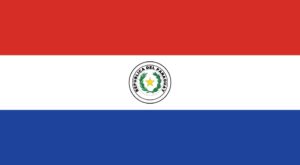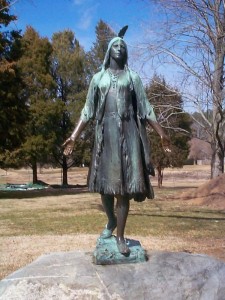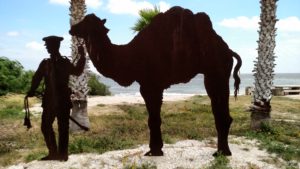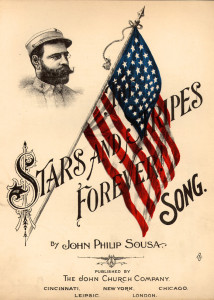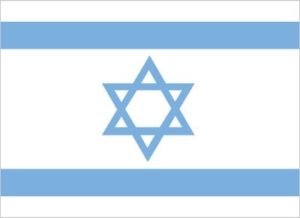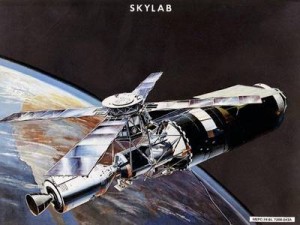Eoin Colfer (born Wexford, Ireland, 1965) writes books for children. His books include the Artemis Fowl series and The Legend of Spud Murphy. Children could visit his website at: Eoin Colfer.
Daniel Gabriel Fahrenheit (born Danzig, Germany, 1686; died Amsterdam, Holland, September 16, 1736) was a scientist. The Fahrenheit temperature scale is named in honor of him. He was the first person to use mercury in thermometers. Today we do not use mercury in thermometers.

The Blue Boy
Thomas Gainsborough (born Sudbury, Suffolk, England, 1727; died London, England, August 2, 1788) was an artist specializing in portraits and landscapes. One of his most famous works is The Blue Boy. Children could view some of his works at: Gainsborough.
George Selden (born Hartford, Connecticut, 1929; died New York, New York, December 5, 1989) wrote at least 16 books for children. Perhaps his most well-known work is The Cricket in Times Square, which received a 1961 Newbery Honor Award. Children could learn more at: George Selden.
